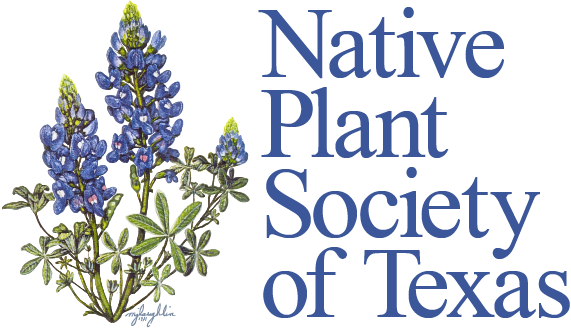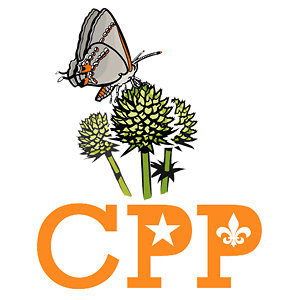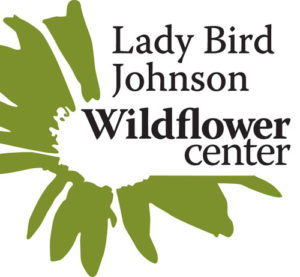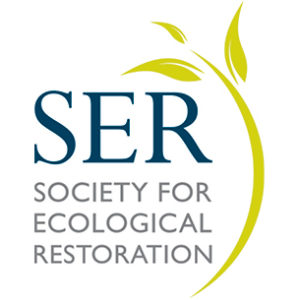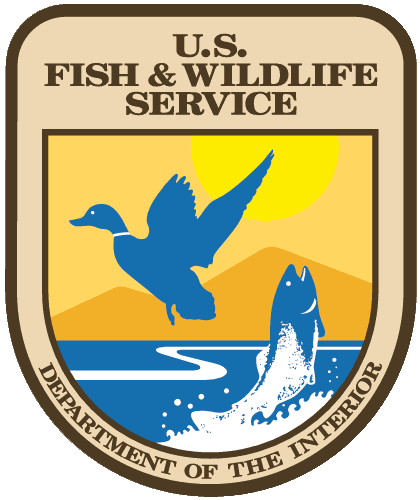The Native Plant Society of Texas is proud to be affiliated with many organizations who share and support our mission of research, conservation and utilization of native plants and native plant habitats in Texas.
A coalition to promote the conservation and restoration of coastal prairie ecosystems.
The aim of the Constellation of Living Memorials is to create a cohesive, integrated plan which outlines a shared vision for how cemetery landscapes can transform into natural habitats statewide, broadening local and migratory wildlife corridors.
Through a native landscape restoration program, Friends of the Warren Ferris Cemetery is creating a beautiful environment and destination spot that has built community and connectivity through nature, while honoring the rich history of the Texas pioneers interred there. This partnership can provide an educational hub offering guidance in reconnecting communities with nature through land restoration, while fostering a connection to their own cultural heritage and spirituality.
A non-profit organization working to protect the Natural Resources of the Hill Country.
A grassroots call-to-action to regenerate biodiversity and ecosystem function by planting native plants and creating new ecological networks.
Works to increase the sustainable use and conservation of native wildflowers, plants and landscapes.
A partnership of federal and state agencies, non-governmental organizations, and academic programs that are working together to support and coordinate efforts to protect the monarch migration across the lower 48 United States.
Dedicated to education, conservation, and research of the Monarch butterfly.
Since 2018, through the Monarch Stewards Certification Program, the National Wildlife Federation and the Native Plant Society have collaborated to educate the public about the conservation of the monarch butterfly and all pollinators. Certified participants acquire the skills to create native habitats. The Federation and the Society collaboratively create plant guides for the ecoregions of Texas and educational panels in English and Spanish that are installed in the Federation’s pollinator-friendly demonstration gardens—with native plants—in the Texas communities.
A non-profit land trust dedicated to the conservation, restoration, and appreciation of native prairies, savannas, and other grasslands in Texas.
As an accelerator for conservation groups and a strategic partner for business, we drive collaboration in conservation, communities, and industry for real, science-based impact.
Creating a unified voice in support of wildlife conservation in Texas.
Texas Children in Nature Network (TCiNN) is a grassroots network of over 700 partner organizations and individuals dedicated to connecting children and families with nature in Texas to be healthier, happier and smarter.
Through innovative solutions and unwavering dedication, TNLA strives to build a Green Industry where shared connections drive positive change and elevate the potential of every individual and company they touch.
Dedicated to providing connectivity between individuals engaged in ecologically sensitive repair and management of ecosystems.
Integrating monarch conservation and educational programs into our nation’s wildlife refuges.
Caring for the land and serving people.
